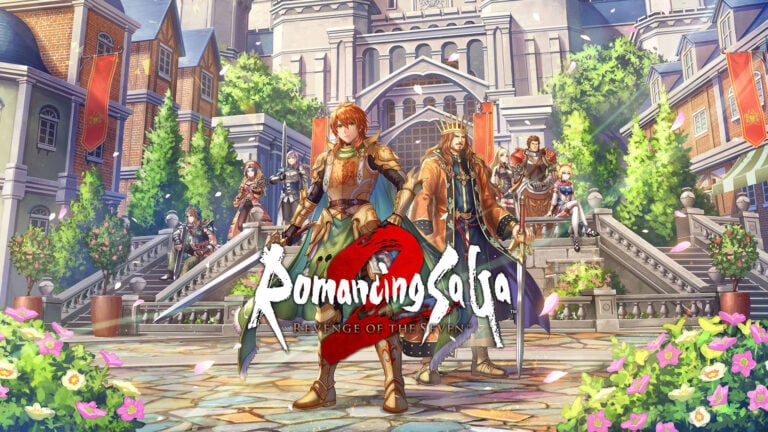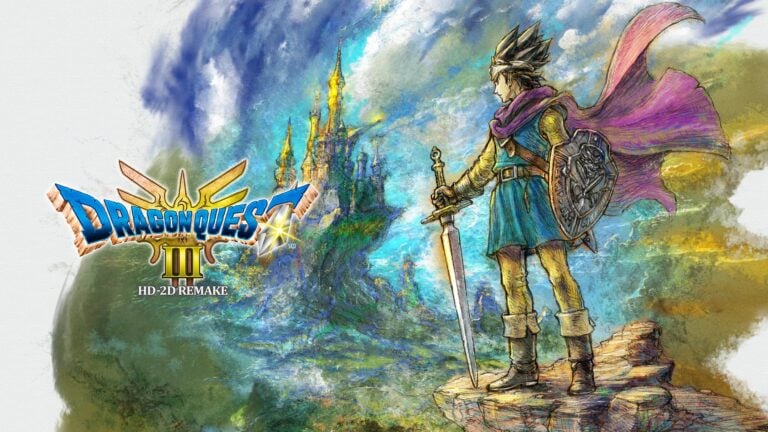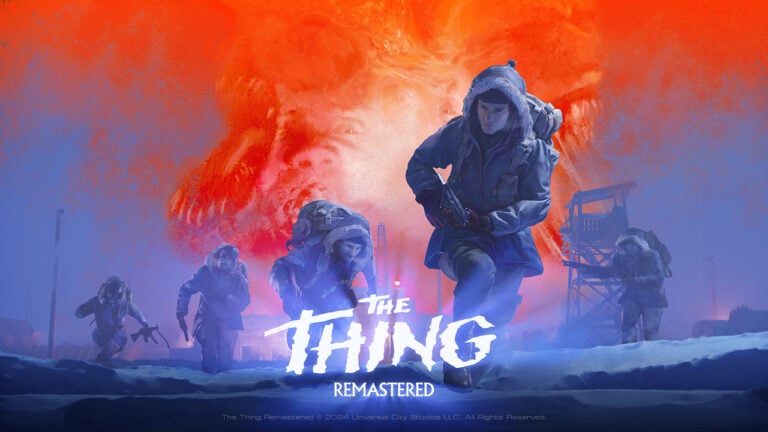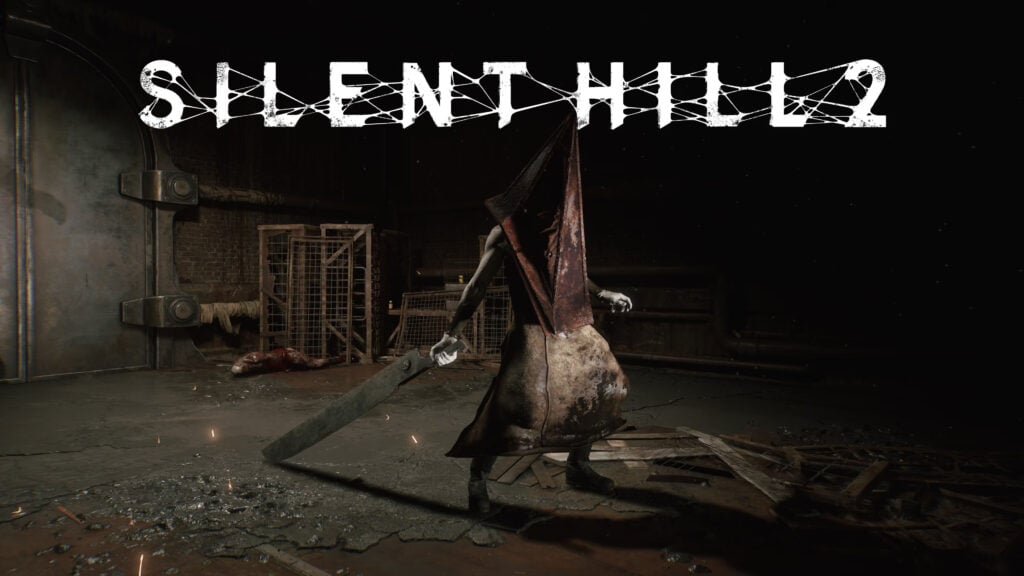Introduce
Grand Master (Japan) on the NES is a strategic Mahjong game, simulating the complex and engaging traditional Japanese tile game. The primary objective for players is to arrange the tiles in their hand to form valid sets and complete a winning hand (called Agari).
At the start of a round, each player is dealt 13 tiles. In each turn, a player draws a new tile from the "wall" and then must discard an unwanted tile. This process continues until a player completes their hand or the "wall" runs out of tiles.
To form a winning hand, players need to collect "Mentsu" sets (consisting of three identical tiles - Pon, three consecutive tiles - Chi, or four identical tiles - Kan) and a "Toitsu" pair (two identical tiles). There are many different types of winning hands, known as "Yaku", each with its own point value. Understanding and aiming for specific Yaku is key to achieving high scores.
Players can interact with opponents' discards by "calling" out for tiles. For example, if an opponent discards a tile you need to complete a Pon or Kan set, you can "call" to take that tile. Similarly, if you need a tile to complete a Chi set (only from the player to your left), you can also "call". However, "calling" makes your hand an "open hand," which can affect certain Yaku.
The game also includes the concept of "Riichi," a declaration that the player is one tile away from winning. If Riichi is declared and the player wins, they receive bonus points. "Dora" are bonus tiles that add extra points if they appear in your winning hand.
Grand Master requires a combination of luck, calculation skills, and the ability to read opponents. Players must make strategic decisions about which tiles to keep, which to discard, and when to "call" to maximize their chances of winning and scoring.






-image.png)
